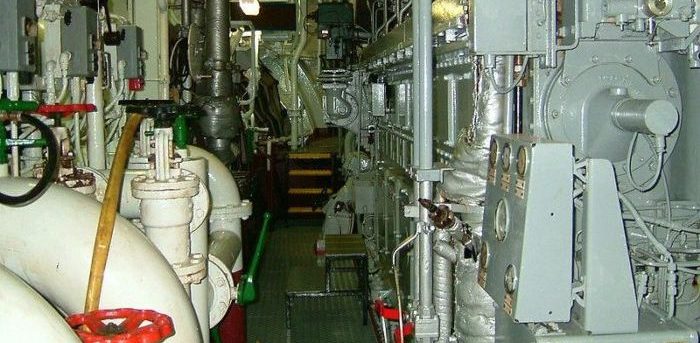Hong Kong Marine Department (MARDEP) shared lessons from an incident onboard a Hong Kong-flagged container ship, where a fitter was crushed to his death by a weighty spare exhaust valve that toppled from a removable floor plate in engine room and hit him nearby.
The incident
When the vessel anchored at Western Anchorage No.3 in Hong Kong, the crew transferred some spare main engine exhaust valves on aft deck to the engine room by a monorail hoist through a skylight hatch, and then further moved them to a designated position by an engine room overhead crane.
At that time, a fitter worked alone under the skylight hatch. The fitter temporarily lowered an exhaust valve on a removable floor plate (RFP) and released it from the hook of the monorail hoist.
Soon after release of the hook, the exhaust valve toppled and crushed the fitter at his left side abdomen, resulting in his death.
Probable cause
The investigation identified that the main contributory factor to this incident was the overloading of the RFP by the exhaust valve, as it could not support the 3-tonne weight of the exhaust valve.
As a result of the overloading, the RFP deformed and the exhaust valve toppled, crushing the fitter to death.
Safety issues
The investigation also identified the following safety issues:
- the crew should work in group rather than leaving to handle the exhaust valve transfer operation alone; and
- the toolbox talk made neither any discussion nor risk assessment about the operation of the receipt of heavy machinery parts.
Lessons learned
- Senior ship officers should carry out proper risk assessment and/or toolbox talk to all crew concerned in order to identify any potential safety hazards and implement appropriate safety measures to eliminate the risk of dangers when handling heavy machinery parts.
- Ship crew should maintain good housekeeping of the engine room in accordance with the “Code of Safe Working Practice for Merchant Seafarers”, i.e. floor plates or gratings should be properly secured.
































































